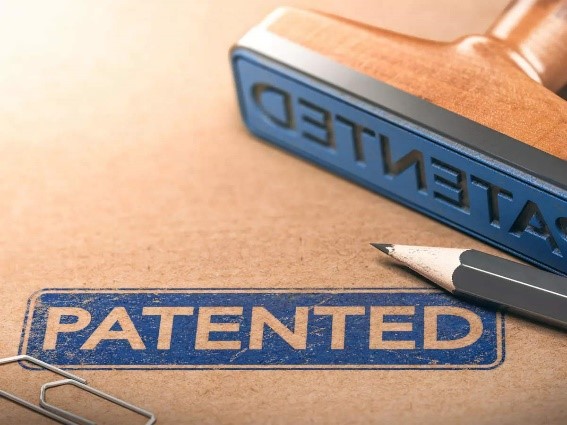Free Courses Sale ends Soon, Get It Now


Free Courses Sale ends Soon, Get It Now



Disclaimer: Copyright infringement not intended.
Context
What Is a Patent?
Basic tests for any invention to be patentable:
Key Pointers
History of Patents in India
What cannot be patented?
Compulsory License
Grounds for granting of compulsory license
Example:
Penalties Regarding Patent Infringement
The Patents Act 1970 provides Chapter XX regarding the penalties for patent infringement.
He shall be liable for the fine which may extend to Rs 10 Lakhs.
Patent infringement suit
What does not amount to infringement?
Section 107A of the Patents Act incorporates bolar provision and provision for parallel imports:
Patent Evergreening
The case of Johnson and Johnson Patent Evergreening
Significance
Read all about TB: https://www.iasgyan.in/daily-current-affairs/tuberculosis
|
MDR TB, XDR TB AND Bedaquiline TB is an infection of the bacterium Mycobacterium tuberculosis in the lungs, but often in other organs as well. It can be treated by strictly adhering to the doses and frequencies of drugs prescribed by a physician. Deviations from this schedule can lead the bacteria to become drug-resistant. Yet they happen because the drugs often have side effects that diminish the quality of life and/or because patients haven’t been afforded access to the requisite drugs on time. TB incidence in India has been on the decline, but Multidrug-Resistant Tuberculosis (MDR TB) and Extensively drug-resistant TB (XDR TB) endanger initiatives to locally eradicate the disease. MDR TB resists treatment by at least isoniazid and rifampicin, the two frontline drugs in TB treatment. XDR TB resists these two drugs as well as fluoroquinolones and any second-line injectable drug. XDR TB is rarer than MDR TB. Drug-resistant TB is harder to treat. One important option for those diagnosed with pulmonary MDR TB is bedaquiline. Unlike second-line treatment options that are injected and can have severe side effects, like permanent hearing loss, bedaquiline is available as tablets and is less harmful. India’s Health Ministry has guidelines for bedaquiline use as part of the Programmatic Management of MDR TB under the National TB Elimination Program. |
|
PRELIMS PRACTICE QUESTION Q. Which of the following statements are correct with reference to Patent Laws in India? a) Bolar provision gives rights to the manufacturers of pharmaceutical products to conduct research on various patented products before the expiry of the patent so that the products can be brought to market for the welfare of the general public. b) The Patents Act 1970, replacing the Indian Patent and Design Act 1911 is based on the recommendations of the Ayyangar Committee headed by Rajagopala Iyengar. c) At any period after the expiry of three years from the date of the sealing of a patent, any interested party may, subject to the following conditions, apply to the Patent Controller for the issuance of a compulsory patent license. d) In India, only the High Courts have the power to hear cases related to patent infringement. 1) a and c 2) b and d 3) b and c 4) a, b and c Answer: 3 |
© 2024 iasgyan. All right reserved